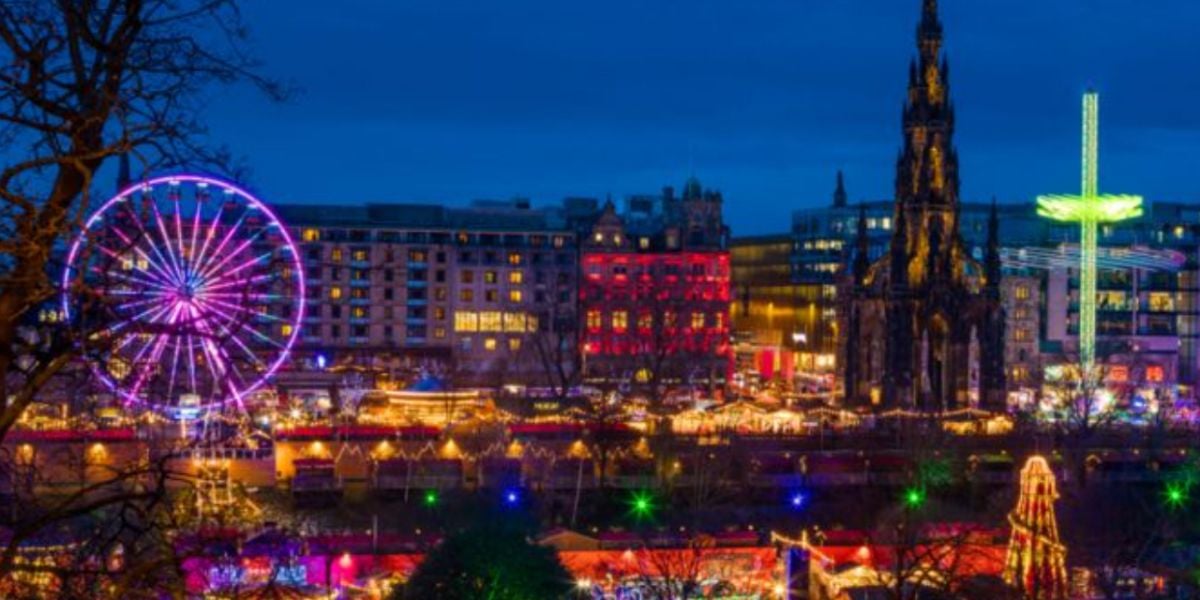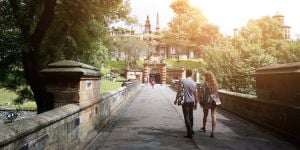
Scotland has been attracting expats in large numbers not only for the numerous opportunities it provides but also for its pleasant environment and the quality of life. The uniquely warm and hospitable locals will leave no stones unturned when it comes to making you feel at home.
Demography
The population of Scotland has increased drastically within the last few years, currently at 5,424,800. Immigration is largely driving that increase, despite the fact that since Brexit the number of people moving to the UK has dropped overall. Glasgow is the most densely populated city, even surpassing the capital of Edinburgh. Larkhall, the less densely populated village, is located in the South of Lanarkshire.
Traditions
Scots have drawn an imaginary line that symbolically goes from Aberdeen, Highlands North and West to Glasgow, the Lowlands in the South and East. The Highlands are still animated by a rural mindset while the Lowlands have greatly urbanised and modernised over the years. This is probably why Gaelic traditions and languages are more present on the Northwest coast.
Symbols
William Wallace was a Scottish knight born around 1270 AD in Ellerslie who led his people against the English occupation under King Edward I of England. He was brutally executed in London and has since obtained an iconic status, being featured in poems, works of literature and an Academy Award-winning film.
Robert IáµÊ³ of Scotland, also known as Robert the Bruce, Robert de Brus, Roibert a Briuis and Robert Bruce was a Scottish monarch, born on July 11, 1274 AD at Turnberry Castle. He led Scotland through its first War of Independence and is considered the country's national hero.
The Scottish thistle is also a strong symbol historically. According to legend, back in 1263 AD when Vikings tried to raid Scotland, they pricked their feet with thistle during a night attack. Their cries of pain alerted the Scots who then foiled their enemies' plans.
The crawling lion called the Royal Standard of Scotland was a flag used by the kings of Scotland from the twelfth century (during the reign of William I, also known as William the Lion) until 1603 and the Union of Kingdoms of England and Scotland.
The St. Andrew (Saltire) cross is a white diagonal cross on a blue background. It is said to be the cross of the Christian martyr Saint Andrew. It is the official flag of Scotland and considered one of the oldest flags in the world.
Religion
Religion has an important place in Scottish culture. According to a recent survey, most Scots consider themselves Christians. Nevertheless, the Church of Scotland ' Presbyterian ' takes over the Christian church. Besides Christianity, Judaism, Hinduism, Buddhism and Sikhism are also quite present in the country.
Marriage and family
Scots are more likely to celebrate civil marriage rather than a religious one. Note that one must be at least 16 years old to get married.
We do our best to provide accurate and up to date information. However, if you have noticed any inaccuracies in this article, please let us know in the comments section below.








